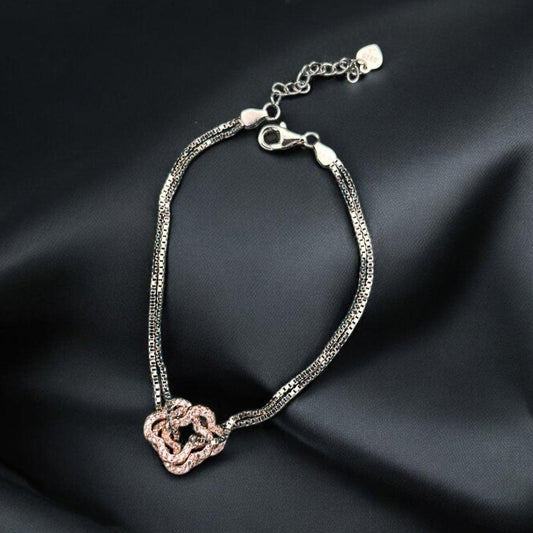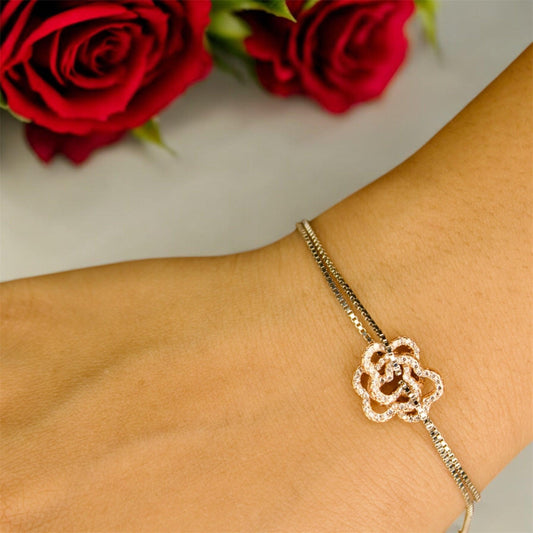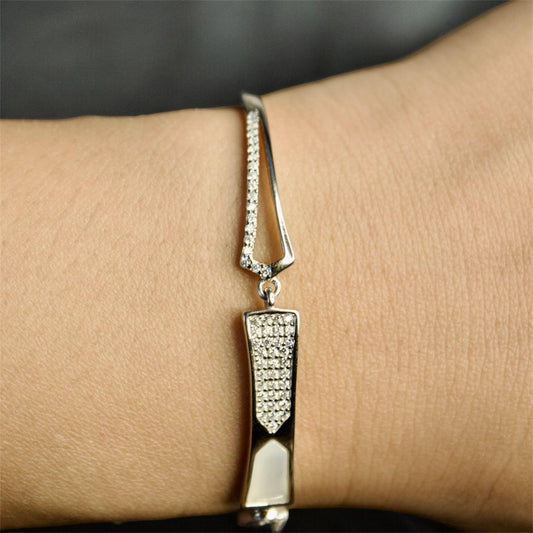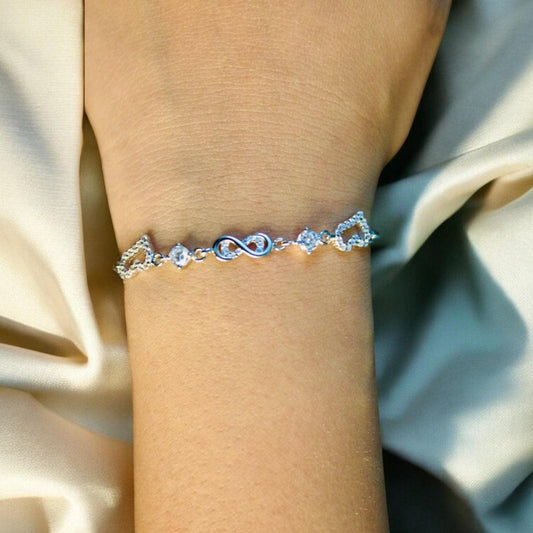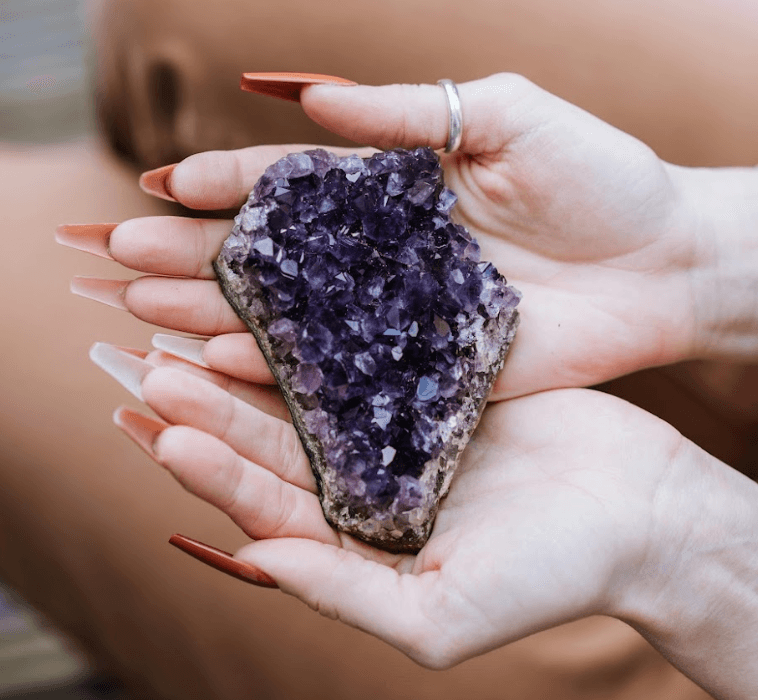
Sustainable Jewellery: Jewellery with a purpose
Share
Sustainable Jewelry: The Sparkle with a Purpose
In a world increasingly aware of its environmental footprint, sustainability has become a key consideration across industries — and jewelry is no exception. From ethical sourcing of materials to eco-friendly production processes, the movement towards sustainable jewelry is not just a trend, but a necessity for a greener future. In this blog, we’ll dive into what makes jewelry sustainable, why it matters, and how you can make conscious choices when adding a little sparkle to your life.
What is Sustainable Jewelry?
Sustainable jewelry refers to pieces that are designed, crafted, and sold with minimal negative impact on the environment and society. This can include various factors such as the ethical sourcing of materials, fair labor practices, eco-friendly manufacturing, and efforts to reduce waste.
At its core, sustainable jewelry is about creating beautiful, high-quality pieces while maintaining responsibility toward the planet and its people. Whether it’s through using recycled metals, repurposing gemstones, or reducing carbon emissions in production, sustainable jewelry champions responsible craftsmanship and thoughtful consumption.
Key Principles of Sustainable Jewelry
1. Ethical Sourcing of Materials
Traditional mining practices for materials like gold, diamonds, and gemstones often have significant environmental and social impacts. For example, gold mining can result in deforestation, habitat destruction, and contamination of local water sources with harmful chemicals like mercury and cyanide. Moreover, mining operations sometimes rely on exploitative labor practices, especially in developing countries.
Sustainable jewelers strive to source their materials in a way that ensures environmental protection and supports fair labor practices. This could mean using recycled metals (gold, silver, etc.), fair-trade gemstones, or lab-grown diamonds — alternatives that have a lower environmental impact and promote ethical business practices.
2. Recycled and Repurposed Materials
One of the easiest ways to make jewelry more sustainable is by using recycled metals and repurposed gemstones. Rather than extracting raw materials, jewelers can melt down old, unused jewelry, sourcing metals that have already been in circulation. This not only reduces the need for new mining but also reduces waste.
Repurposed gemstones, whether from older jewelry or reclaimed materials, offer another sustainable alternative. By reusing precious stones, jewelers give them a second life, preventing further extraction from the earth. Vintage and antique pieces also fall into this category, preserving their history and reducing the demand for new resources.
3. Eco-Friendly Production Processes
In addition to sourcing materials responsibly, sustainable jewelry brands often prioritize eco-friendly manufacturing processes. This might involve reducing energy consumption, using non-toxic or biodegradable chemicals in jewelry production, and minimizing water usage.
For example, many jewelers are now turning to 3D printing technology, which allows for precise designs and minimal waste. Instead of casting or carving from larger blocks of metal, designers can create pieces with significantly less scrap material. Additionally, some brands are moving towards using ethical packaging — opting for recycled or biodegradable materials rather than plastics.
4. Transparency and Certifications
For consumers, one of the best ways to ensure jewelry is sustainably made is by looking for brands that offer transparency in their supply chains. Reputable sustainable jewelers should be clear about where their materials come from, how they’re sourced, and the conditions under which they’re made.
Several certifications exist to validate ethical and sustainable practices. For example, the Fairmined certification guarantees that the gold used in jewelry has been sourced responsibly, with fair wages and environmental protection measures in place. Similarly, the Responsible Jewelry Council (RJC) sets standards for ethical practices in the jewelry supply chain.
Why Sustainable Jewelry Matters
1. Environmental Impact
The environmental cost of traditional jewelry production can be significant. Mining activities, especially for gold and diamonds, are resource-intensive and destructive to ecosystems. Unsustainable practices contribute to deforestation, loss of biodiversity, and pollution of water systems. By choosing sustainable jewelry, you’re supporting the reduction of these harmful effects.
2. Social Responsibility
Sustainable jewelry also considers the people behind the products. Many jewelry artisans and miners work under harsh conditions for minimal wages. Ethical sourcing practices ensure that workers are treated fairly, given proper compensation, and are not exposed to unsafe working conditions. Sustainable brands invest in empowering communities and promoting fair trade.
3. Long-Term Quality Over Fast Fashion
Sustainable jewelry isn’t just about materials; it’s about the philosophy behind the designs. Sustainable jewelry pieces are often made with high-quality materials and craftsmanship, ensuring longevity and timeless appeal. Rather than participating in the throwaway culture of fast fashion, sustainable jewelry encourages lasting value and a connection to the pieces we wear.
How to Choose Sustainable Jewelry
As consumers, we hold the power to influence the market. By making informed choices, we can support brands that prioritize sustainability and push the jewelry industry towards greater responsibility. Here are some tips for choosing sustainable jewelry:
-
Research the Brand: Look for brands that are transparent about their sourcing and production processes. Check if they use recycled materials, work with certified ethical miners, or support local artisans.
-
Look for Certifications: Seek out certifications like Fairmined, Fair Trade, and RJC. These labels indicate a commitment to ethical and sustainable practices.
-
Consider Lab-Grown Diamonds: Lab-grown diamonds are chemically identical to mined diamonds but are created in a controlled environment, with a fraction of the environmental impact. They are often more affordable as well.
-
Buy Vintage or Pre-Loved Jewelry: Vintage jewelry not only has its own unique charm but is also a sustainable choice, as it reuses existing materials and avoids the demand for new mining.
-
Prioritize Quality: Choose pieces that are timeless and built to last. By focusing on quality over quantity, you reduce the need for constant replacements.
Final Thoughts
Sustainable jewelry is more than just a fashion statement — it’s an investment in the future of our planet and its people. By choosing ethical and eco-friendly options, we can enjoy beautiful pieces that reflect our values and contribute to a more sustainable world.
As the jewelry industry continues to evolve, it’s clear that the future is bright for sustainable practices. Whether it’s through innovative design, recycled materials, or fair labor practices, sustainable jewelry is redefining what it means to wear something beautiful. So, the next time you're shopping for a special piece, consider how you can make a positive impact with your purchase — your sparkle can be part of the solution.

